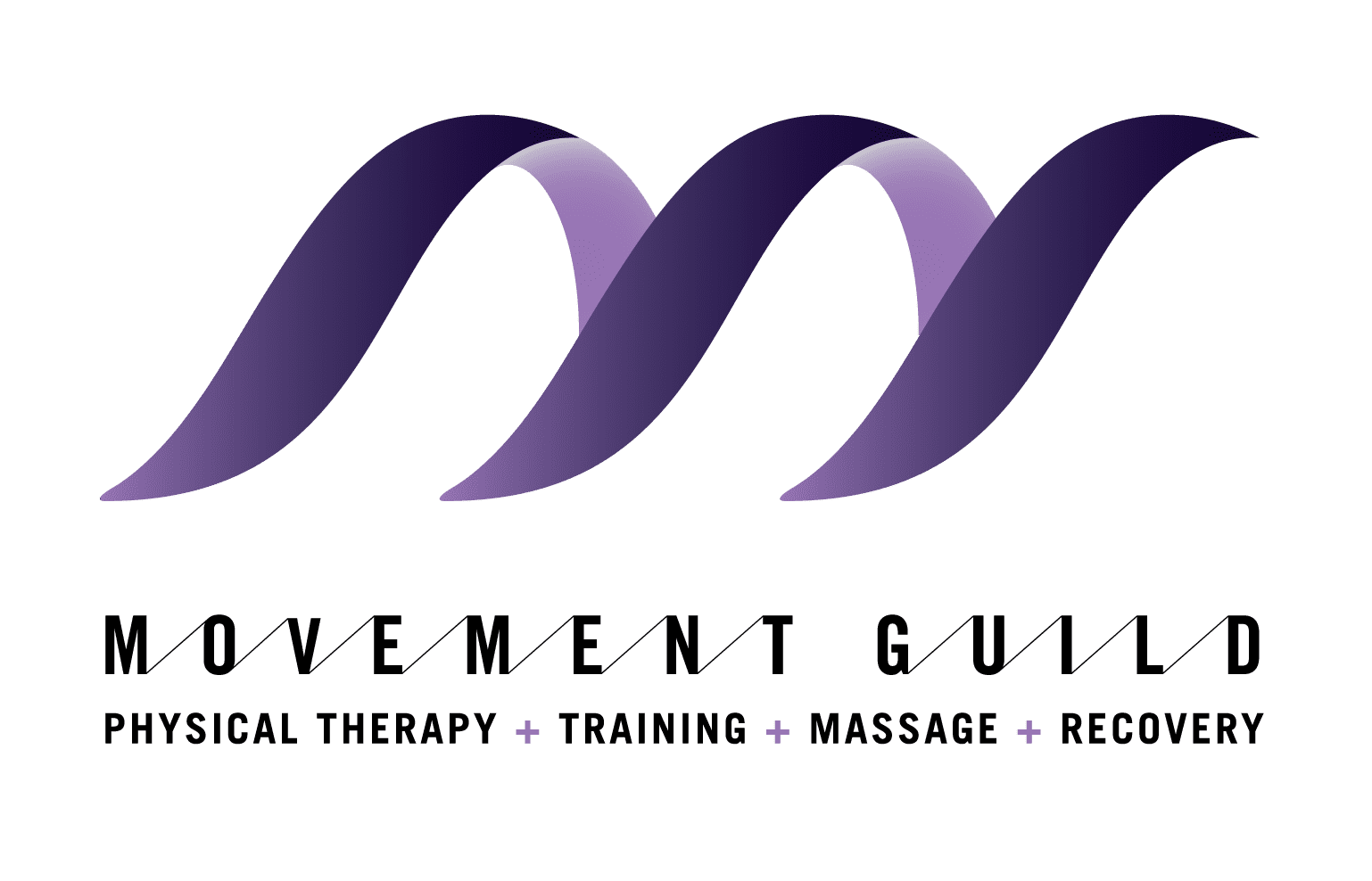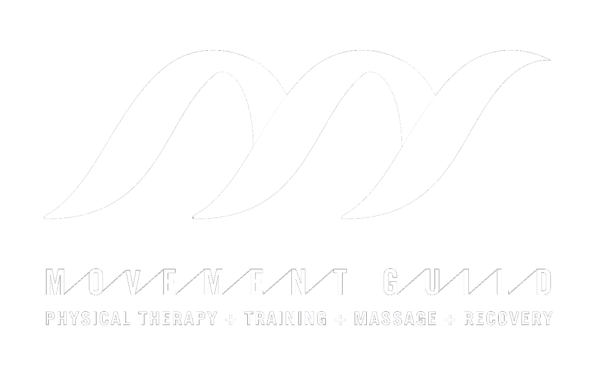So you finally booked that dry needling session. You were hoping to walk out looser, pain-free, maybe even feeling like a new person. But instead… things feel worse.
Sound familiar?
At The Movement Guild here in Chicago, this is something we hear more often than you might think. And here’s the thing: experiencing increased soreness or even a temporary flare-up after dry needling isn’t always a red flag — but it can be, depending on what’s really happening in your body.
Let’s break it down — why dry needling can sometimes make things feel worse before they get better, when that’s totally normal, and when it’s a sign to reassess your treatment plan.
Understanding Dry Needling and What It’s Designed to Do
Dry needling is a manual therapy technique where a thin, solid needle is inserted directly into trigger points (a.k.a. “knots”) or sensitive tissue to reduce pain, improve mobility, and release muscle tension.
Unlike acupuncture — which is rooted in Traditional Chinese Medicine — dry needling is a western, evidence-informed approach designed to target neuromuscular dysfunction. It’s especially helpful for:
-
Muscle tightness and spasms
-
Tendon-related pain
-
Range of motion restrictions
-
Chronic overuse injuries
-
Postural imbalances
But here’s the catch — dry needling isn’t just a “relax-and-recover” type of treatment. It’s actually a bit aggressive in how it stimulates your muscles and nervous system.
That’s why what happens after your session can vary so much from person to person.
Why You Might Feel More Pain After Dry Needling
Feeling worse after dry needling doesn’t necessarily mean something went wrong. It usually comes down to how your nervous system and tissue respond to the stimulation.
Here’s What Could Be Happening:
1. Post-Treatment Soreness
This is the most common side effect. The muscles that were needled might feel sore for 24–72 hours — similar to how you’d feel after a tough workout. That’s your body processing the local inflammation caused by the needling and beginning the healing cascade.
2. Localized Bruising or Swelling
Sometimes the needle can nick a small capillary, causing minor bruising. This isn’t dangerous, but it can make the area more sensitive or tight for a few days.
3. Delayed Onset Muscle Soreness (DOMS)
Dry needling can reset the way your muscles contract and fire. If they were “off” for a while, this new activation can feel like DOMS — especially if you jumped right back into activity too soon.
4. Trigger Point “Kickback”
In some cases, releasing a trigger point can cause a temporary flare-up in that area or refer pain elsewhere. This can feel like your pain has shifted or worsened.
But What If the Pain Is More Than Just Soreness?
That’s when we dig deeper.
If you’re dealing with:
-
Sharp, shooting, or electric-like pain
-
Pain that wasn’t there before the session
-
Increased weakness or numbness
-
Lingering pain beyond 3–4 days
— it’s time to reassess. These symptoms could indicate that your body isn’t tolerating the technique well or that the underlying issue wasn’t muscular to begin with.
Common Conditions That Can React Poorly to Dry Needling
Dry needling can be incredibly effective — but only when it’s the right tool for the job. Some conditions don’t respond well and might even feel worse if needling is applied too early or too aggressively.
These include:
-
Nerve compression (like radiculopathy or sciatica)
-
Joint instability or hypermobility syndromes
-
Autoimmune inflammatory conditions
-
Severe chronic pain disorders like fibromyalgia
-
Recent trauma or active tissue healing
At The Movement Guild, we don’t just needle and hope. We assess first — because if dry needling isn’t the right fit for your situation, we’re not going to force it. There are other techniques (manual therapy, movement retraining, strength progression) that might be more effective and less irritating to your system.
What to Do If You Feel Worse After a Session
1. Don’t Panic — Monitor the Pain Window
In most cases, soreness peaks around 24–48 hours post-treatment, then gradually fades. Use heat or gentle movement to help your body process the inflammation. This isn’t a setback — it’s your system recalibrating.
2. Modify Activity for 1–2 Days
It’s best not to jump right back into intense training after a needling session, especially if it was your first one. Give your tissue a short window to reset before loading it again.
3. Stay Hydrated and Move Gently
Light walking, deep breathing, and hydration help your body flush waste products and improve circulation in the treated area.
4. Check In With Your Provider
If your pain feels unusual, more intense, or just… wrong, contact your therapist. At The Movement Guild, we always encourage open feedback post-treatment — because we want to adapt the plan to your body, not just a protocol.
How We Approach Dry Needling at The Movement Guild
We take a nuanced, collaborative approach to dry needling — especially for active individuals and athletes in Chicago.
Our therapists don’t rely on needling as a quick fix. Instead, we use it:
-
When there’s clear evidence of myofascial dysfunction
-
As part of a broader recovery or movement plan
-
In combination with strength, mobility, and nervous system regulation strategies
That’s why a session at The Movement Guild might include dry needling, manual therapy, breath work, and movement all in the same visit. It’s not just about poking muscles — it’s about helping you move and feel better, long-term.
Prevention: How to Minimize Negative Reactions After Dry Needling
If you’ve had a rough response to dry needling in the past, here’s how to set yourself up for a smoother experience next time:
1. Tell Your Therapist Everything
Seriously — your full history matters. Chronic pain, nervous system sensitivity, anxiety, autoimmune disorders — all of it changes how your body might react.
2. Start Conservative
Don’t let someone needle 8 muscle groups in your first session. At The Movement Guild, we start small, track your body’s response, and adjust from there.
3. Layer It With Movement-Based Recovery
Needling alone doesn’t create lasting change. Follow-up with controlled movement, mobility work, or gentle strength exercises to reinforce the release.
4. Hydrate and Sleep
Your recovery capacity plays a major role. If you’re under-slept, dehydrated, or stressed out, your system will feel more “threatened” by needling.
Bottom Line: Soreness Is Normal — Pain That Sticks Around Isn’t
A little post-needling soreness? Totally expected. Especially if it was your first time.
But if you’re limping out of every session, feeling worse for days, or just confused about whether this is helping — it’s time to pause and evaluate.
At The Movement Guild, we don’t believe in one-size-fits-all treatment. If dry needling isn’t working for your body, we’ll shift gears. If it is — we’ll show you how to pair it with movement and strategy to actually get better, not just feel temporarily looser.
Dealing With Pain After Dry Needling? Let’s Fix It — Together.
If your symptoms have worsened after dry needling — or if you’re not even sure if it’s helping — come see us at The Movement Guild in Chicago.
We don’t just treat symptoms. We look at the full picture: your movement patterns, your nervous system, your training habits, and how you actually feel post-treatment. Then we create a recovery and performance plan that makes sense for your body.
Don’t settle for treatments that leave you hurting. Let’s get you the kind of care that actually works.
Schedule a session with The Movement Guild and get the expert guidance your body needs.

